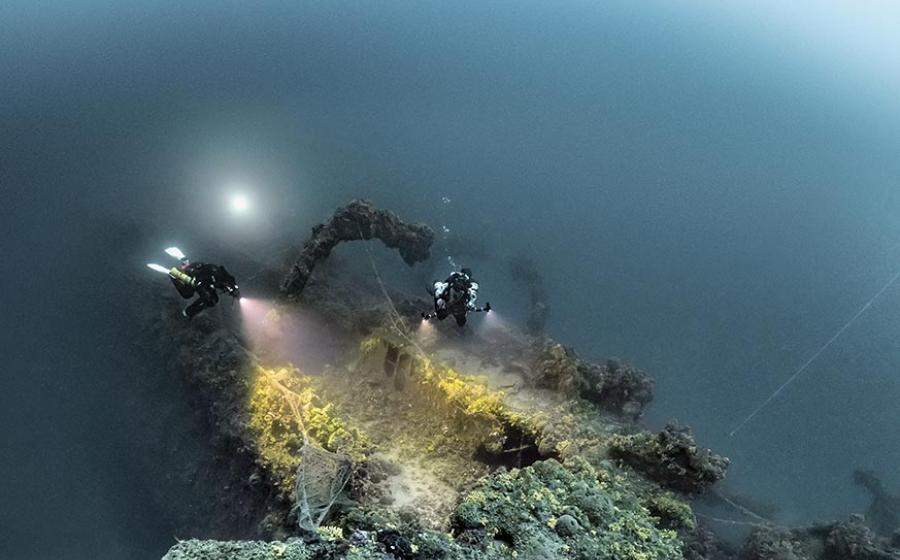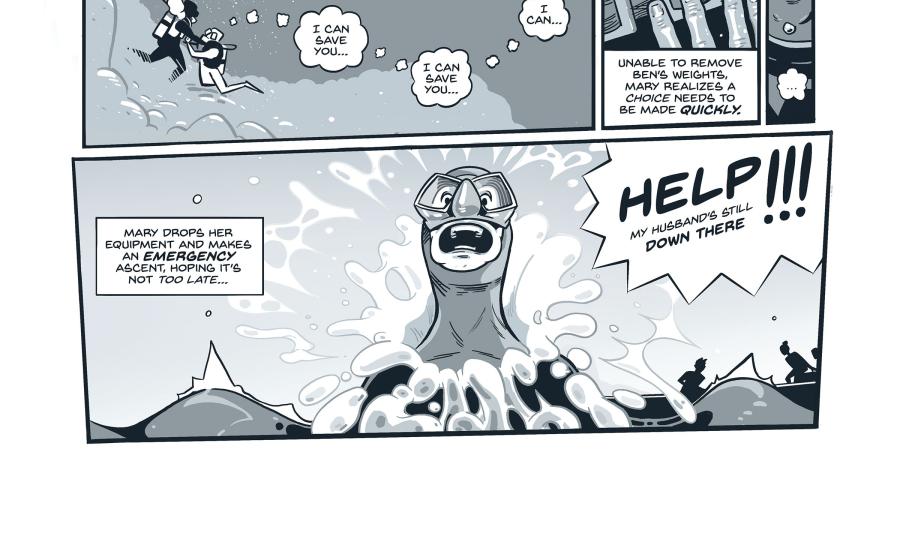Scuba Diving Regulator Maintenance

Carrie GarciaProtect Your Reg, Protect Yourself
Keeping your regulator properly maintained prevents problems from arising while scuba diving.
The regulator is the most important part of your scuba diving kit. After all, it only provides you with the air you breathe. So it's important to take care of your reg and keep it properly maintained. Here are some tips to make sure your regulator is safe and ready to dive.
Check It Out
Before you get in the water, give your reg a careful check. Visually inspect all regulator hoses for wear or cracking.
Make sure there are no holes or tears in the mouth piece and check the metal fittings for corrosion. If you use hose protectors make sure to slide them away and check underneath them as well.
With the reg connected to the tank and the valve still closed, inhale from the mouthpiece; if you’re getting air, there’s a leak somewhere (likely the exhaust diaphragm).
Open the valve fully and, while watching your pressure gauge, take a couple of deep breaths. Air should flow freely, and the gauge shouldn’t budge.
Don’t forget to give your octo the same inspection.
Keep It Clean
Sand and dirt can muck up your regulator. Be mindful of where you set your gear in between dives — especially when shore diving. Get in the habitat of securing your octo so that it doesn't drag along the sea floor to keep it debris-free.
Water — especially the salty kind — is the mortal enemy of your reg’s innards. The best way to clean a reg is a long soak while it’s connected to a tank and pressurized; that ensures no water can get into the first stage.
If you don’t have a tank handy, make sure the purge valves do not get depressed and the first stage dust cover is firmly in place — otherwise water can get in while you are soaking.
Follow The Schedule
Service schedules (usually every 12 to 24 months) vary by manufacturer, so make sure you follow the servicing guidelines specific to your reg. All regulators have internal components that will degrade over time (especially O-rings), and a professional servicing with a careful inspection is the only way to spot wear, damage or corrosion.
Got regs on the mind?
Check out ScubaLab's latest regulator review. Or maybe you'd rather see how we collect the data for our regulator test using an ANSTI machine?










